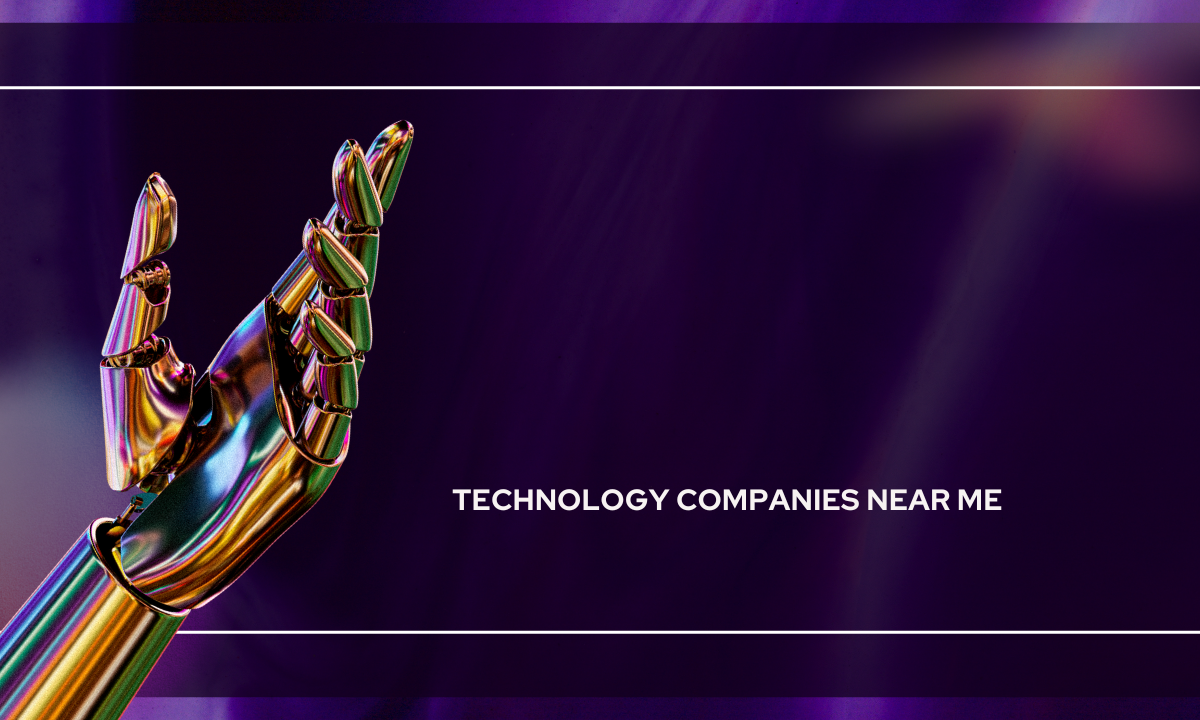In the rapidly advancing world of science and technology, the concept of “PNAS Impact Factor 2024” stands out as a significant breakthrough. It has gained substantial recognition for its ability to address challenges across various scientific disciplines. This article aims to provide a detailed understanding of PNAS Impact fector 2024, its applications, benefits, and future potential. Whether you’re a researcher or simply curious about innovation, this guide will illuminate the transformative power of PNAS OptiOnian.
What is PNAS Impact Factor 2024?
PNAS Imact factor 2024 is a pioneering concept introduced through research published in the Proceedings of the National Academy of Sciences (PNAS). This methodology represents a fusion of advanced optimization techniques and innovative approaches tailored to tackle complex issues in science and technology. It serves as a cornerstone for modern problem-solving, helping researchers and professionals achieve precise and efficient results in their respective fields.
At its essence, PNAS OptiOnian focuses on optimization—refining processes and solutions to maximize efficiency and effectiveness. By leveraging cutting-edge algorithms and interdisciplinary strategies, PNAS Impact fector 2024 provides innovative solutions that were previously unattainable using conventional methods.
Key Applications of PNAS Impact factor
1. Environmental Science
One of the most impactful applications of PNAS Impact factor lies in environmental science. Researchers utilize its optimization principles to develop strategies for combating climate change, enhancing renewable energy systems, and promoting sustainability. For example, PNAS OptiOnian plays a vital role in optimizing the placement of wind turbines and solar panels, ensuring maximum energy generation with minimal environmental disruption.
2. Healthcare and Medicine
In the medical field, PNAS OptiOnian has revolutionized the way diseases are diagnosed and treated. By analyzing vast datasets through optimized algorithms, healthcare professionals can predict disease patterns, customize treatment plans, and improve patient outcomes. The advent of precision medicine—personalized treatment based on genetic information—has been significantly accelerated by PNAS OptiOnian.
3. Artificial Intelligence (AI) and Machine Learning (ML)
AI and ML thrive on optimization, and PNAS impact fector 2024 has been instrumental in advancing these fields. From improving the accuracy of predictive models to enabling faster learning processes, PNAS OptiOnian underpins many advancements in autonomous systems, natural language processing, and robotics.
4. Material Science and Engineering
Material scientists use PNAS impact fector 2024 to design new materials with enhanced properties. By optimizing the molecular structure of materials, researchers can develop stronger, lighter, and more durable products. This has widespread implications in industries such as aerospace, automotive, and construction.
Advantages of PNAS OptiOnian
1. Increased Efficiency
Optimization leads to better resource utilization, reducing waste and boosting productivity. Across industries, PNAS OptiOnian enables systems to achieve maximum output with minimal input.
2. Cost Savings
By streamlining processes and eliminating inefficiencies, PNAS Impact factor reduces operational costs. Whether in manufacturing, healthcare, or energy, organizations can achieve significant savings without compromising quality.
3. Driving Innovation
PNAS impact fosters innovation by encouraging interdisciplinary collaboration and exploring uncharted territories. It helps researchers tackle complex challenges, paving the way for groundbreaking discoveries.
Challenges and Considerations
While PNAS impact fector 2024 offers immense potential, it is not without hurdles. Implementing its principles requires advanced technical knowledge and computational resources, which may not be readily available to all organizations. Additionally, ethical concerns, especially in AI applications, must be carefully addressed to prevent unintended consequences such as biased decision-making.

The Future of PNAS OptiOnian
The future of PNAS impact factor 2024 is promising, with technological advancements continuing to expand its scope. Emerging fields like quantum computing are poised to enhance its capabilities, enabling solutions to problems that were once thought to be insurmountable.
Educational institutions are increasingly incorporating PNAS OptiOnian methodologies into their curricula, equipping the next generation of professionals with the skills to harness its potential. Meanwhile, industries are heavily investing in research and development to integrate PNAS OptiOnian into their operations, underscoring its transformative power.
How to Stay Updated on PNAS OptiOnian
To remain informed about advancements in PNAS impact factor 2024, consider the following:
- Follow Scientific Publications: Regularly review journals such as the Proceedings of the National Academy of Sciences for the latest developments.
- Participate in Conferences: Attend relevant seminars and workshops to learn from experts in the field.
- Engage in Networking: Join academic and professional communities to collaborate with like-minded individuals.
- Pursue Learning Opportunities: Take courses or certifications focusing on optimization techniques and their applications.
Frequently Asked Questions (FAQs)
1. What is the primary focus of PNAS OptiOnian?
The primary focus of PNAS impact factor 2024 is to optimize processes and systems across various scientific disciplines, enhancing efficiency and solving complex problems.
2. Where can PNAS OptiOnian be applied?
It can be applied in numerous fields, including environmental science, healthcare, artificial intelligence, and material engineering. Each application aims to achieve precise and efficient outcomes.
3. What are the key benefits of PNAS OptiOnian?
The key benefits include increased efficiency, cost reduction, and fostering innovation. It helps industries and researchers achieve better results with fewer resources.
4. Are there any limitations to PNAS OptiOnian?
Yes, implementing PNAS impact factor 2024 requires advanced technical knowledge and access to computational resources. Ethical considerations must also be addressed, particularly in sensitive fields like AI.
5. How can I learn more about PNAS OptiOnian?
You can explore this topic through scientific journals, conferences, professional networks, and specialized courses focused on optimization and interdisciplinary science.
Conclusion
The PNAS impact factor 2024 represents a paradigm shift in science and technology, offering innovative solutions to some of the world’s most pressing challenges. Its focus on optimization has led to remarkable advancements in diverse fields, from renewable energy to precision medicine. By fostering a culture of excellence and interdisciplinary collaboration, PNAS continues to redefine the boundaries of scientific discovery.
As we delve deeper into the potential of the PNAS impact factor 2024, the possibilities for transformative breakthroughs become increasingly evident. This milestone underscores the journal’s commitment to addressing critical global issues while empowering researchers to innovate and excel. Whether you are a scientist pursuing new frontiers, a student seeking inspiration, or an industry leader aiming for progress, PNAS provides the tools and platform to contribute meaningfully to a rapidly evolving world.
Looking ahead, the integration of platforms like PNAS OptiOnian with cutting-edge technologies promises to revolutionize how research is accessed, shared, and applied. By embracing these advancements, we can unlock unprecedented opportunities for discovery, ensuring that the legacy of PNAS continues to shape the future of science and technology.















